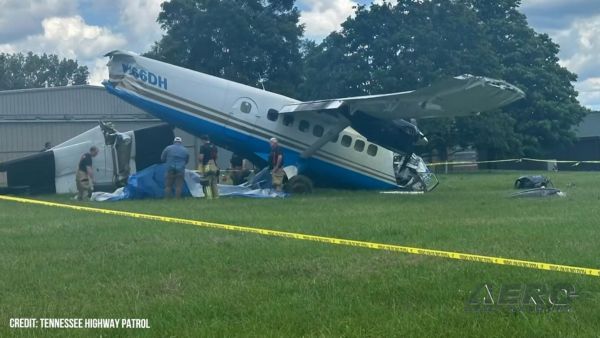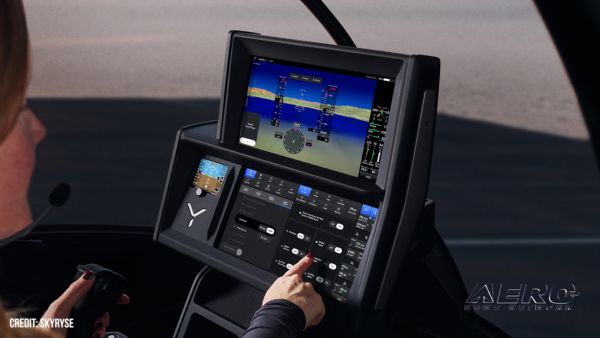Precision Approach Capability Without Ground Installations
The Federal Aviation Agency has been preaching the gospel of
GPS-based navigation for years, and the Holy Grail of satellite
navigation has been a precision approach capability without an
extensive investment in airport-specific on-ground equipment.
At the NBAA convention in Orlando, Florida, Rockwell Collins
announced that the FAA had taken a major step forward, signing with
the multinational communications/electronics company for the
installation of WAAS/LPV equipment in the FAA's flight inspection
aircraft.
What, pray tell, is WAAS/LPV?
WAAS is the Wide Area Augmentation System. Wide Area Reference
Stations over the entire nation monitor the signals from GPS
satellites. They then compare the data sent from the sites to their
own precisely known locations, and compose and send
error-correction messages to Wide Area Master Stations, and then
back to the satellites. The satellites then send error-corrected
GPS messages out and GPS receivers -- in our example, GPS receivers
in aircraft -- receive them.
WAAS also adds significant error and outage alerting to GPS
protocols. If the GPS system is unusable due to system errors or
other effects, or hazardously misleading information that would
cause an error in the GPS position estimate has been issued, users
are notified within six seconds.
LPV is Localizer Performance with Vertical Guidance. (Why such
an awkward acronym? Well, the FAA chose the acronym first, but
didn't define it until August 2005). It can't be called a
"precision approach" because of FAA and ICAO rules that require a
precision approach runway to have specific runway markings,
lighting, taxiways, etc. Someone at FAA realized that it would be
silly to deny hundreds -- maybe thousands -- of runway ends, an
approach capability with vertical lighting.
About 270 LPV approaches exist now, with another 300 expected in
the next twelve months. Approach ceiling minimums are generally
250', with visibility minimums of 3/4 or 1/2 mile (depending upon
runway lighting and markings).
But ultimately, WAAS LPV is a significant, even revolutionary,
capability. The denotation of the acronyms is less important that
their deeper meaning: with WAAS LPV, the U.S. National Airspace
System can "provide horizontal and vertical navigation for
precision approach operations for all users at all locations,"
according to the FAA. "This includes precision landing approaches
in all weather conditions at all locations throughout the NAS."
Or, as Rockwell
Collins's vice president and general manager of Business and
Regional Systems, Denny Helgeson, put it, "This functionality will
allow operators a means to perform precision approaches in low
visibility conditions, and also has the potential to help meet
future Required Navigational Performance (RNP) requirements."
Rockwell Collins's Cedar Rapids facility will work with the
FAA's Aviation Systems Standards office in Oklahoma City to add
WAAS LPV functionality to the FAA's (AVN) fleet of Bombardier
Challenger 604 flight inspection aircraft.
The process will create a Supplemental Type Certificate (STC) to
Challenger 604s type certificate. The STC is expected to be
completed within the next two years. Installing this capability in
FAA aircraft is an important milestone in the process of bringing
vertical-guidance on all-weather approaches to all classes of
aircraft.
 Airborne 06.04.25: G100UL Legal Decision, FAA v Starship, Laser Conviction
Airborne 06.04.25: G100UL Legal Decision, FAA v Starship, Laser Conviction ANN's Daily Aero-Term (06.09.25): Light Gun
ANN's Daily Aero-Term (06.09.25): Light Gun ANN's Daily Aero-Linx (06.09.25)
ANN's Daily Aero-Linx (06.09.25) NTSB Final Report: Evektor Aerotechnik EV97
NTSB Final Report: Evektor Aerotechnik EV97 ANN FAQ: Submit a News Story!
ANN FAQ: Submit a News Story!


